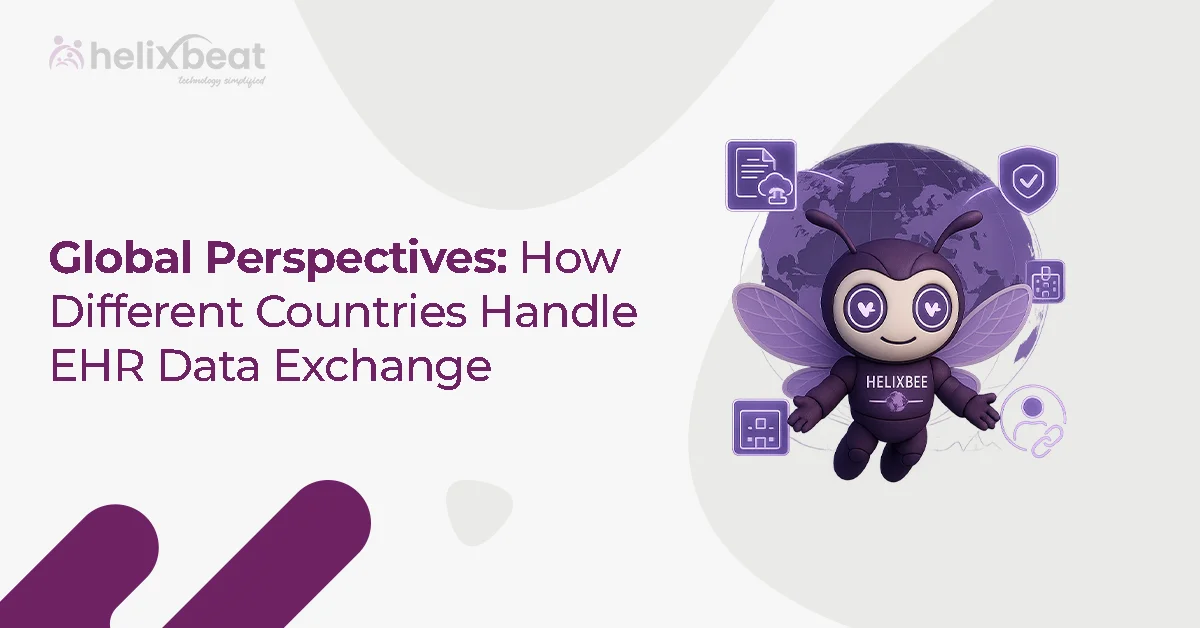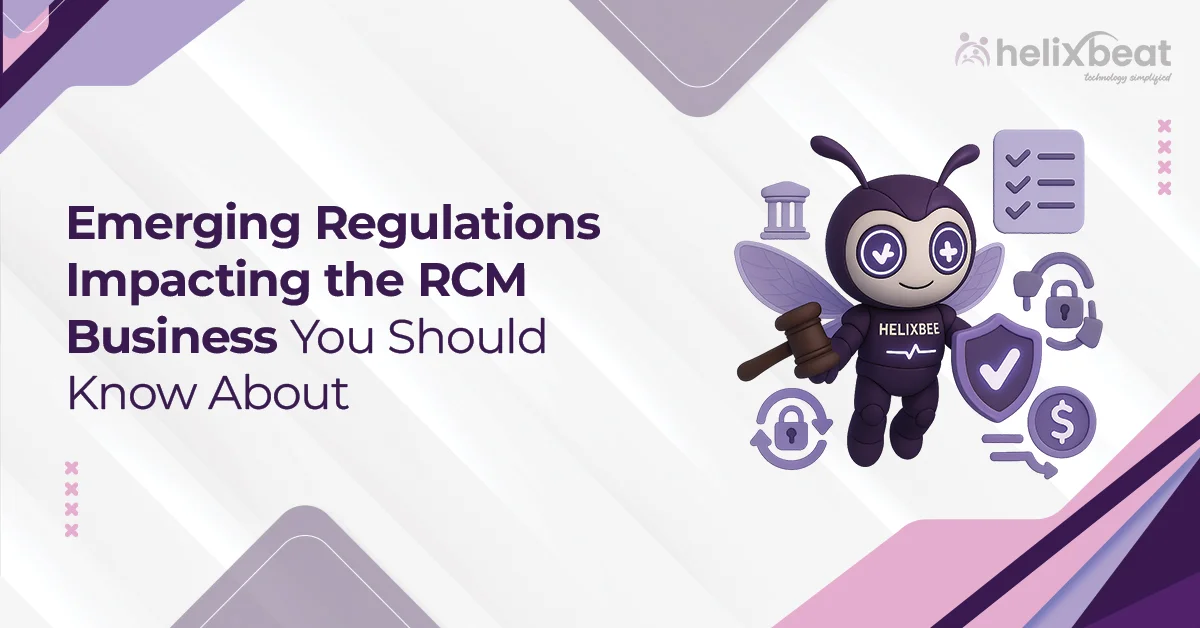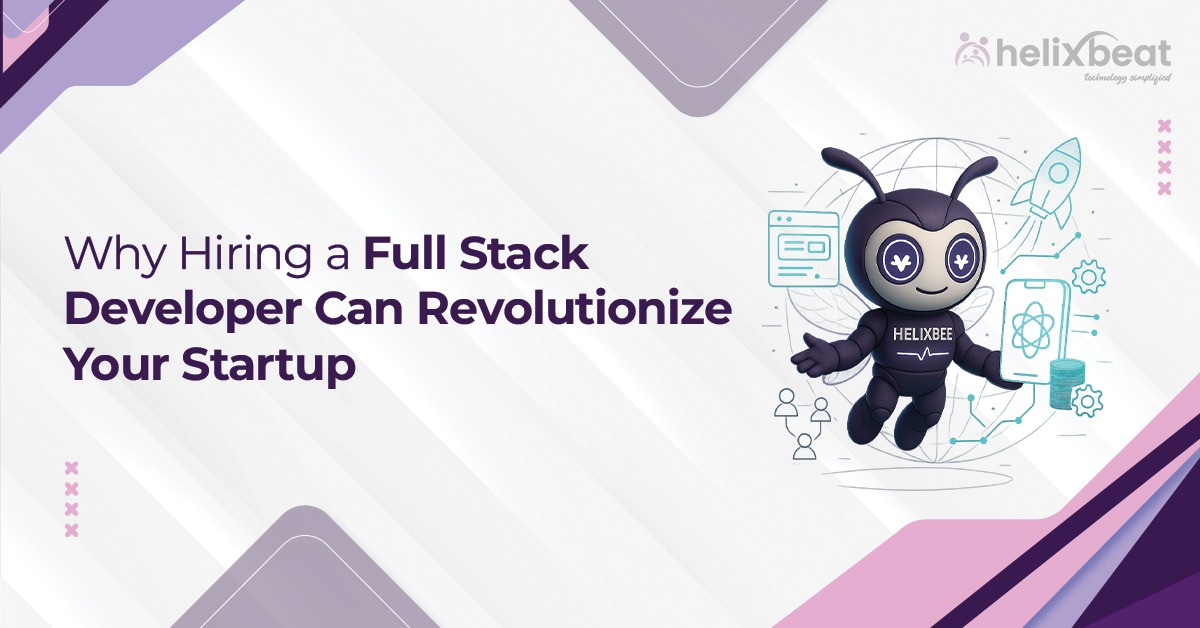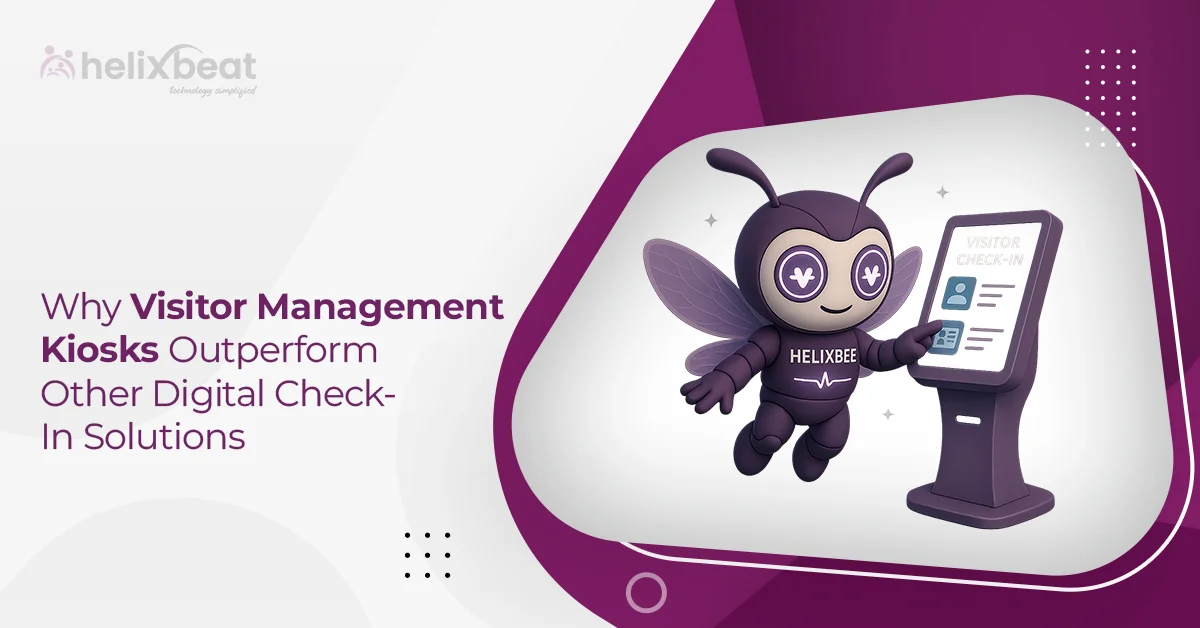From busy corporate offices to sensitive healthcare facilities, visitors walk through our doors every day. While guests are a normal part of business, managing them without a proper system can lead to security risks, confusion, and inefficiencies. That’s where a Visitor Policy comes in.
A Visitor Policy helps organizations control who enters their premises, how they’re tracked, and what protocols they must follow. Whether you’re drafting a Workplace Visitor Policy, setting a visitation policy for hospitals, or just managing external foot traffic, having clear guidelines ensures both safety and professionalism.
In this article, we’ll walk you through how to create a Visitor Policy in 8 simple steps, while exploring why it’s a crucial element of workplace security and operations.
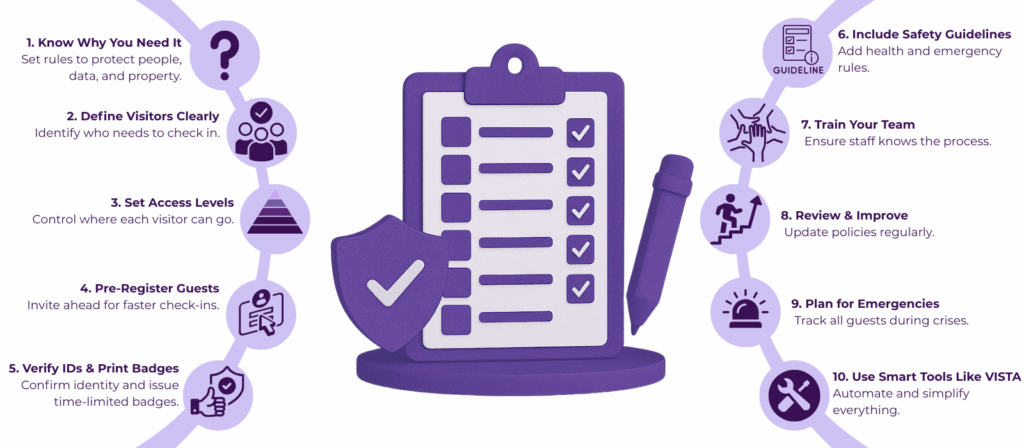
Table of Contents
What Is a Workplace Visitor Policy?
Did you know that over 80% of companies now have a formal Workplace Visitor Policy in place?
That’s a powerful indicator of just how important it has become for businesses to manage visitor access effectively. In simple terms, a Workplace Visitor Policy is a set of rules and procedures that an organization uses to manage how visitors enter, move around, and exit its facilities. It’s about creating clear, practical guidelines that help maintain a safe, secure, and professional atmosphere.
Typically, a Visitor Policy will include:
- How visitors should register or check in
- How will their identity be verified
- Where they can go (and where they can’t)
- How long they can stay
- What behaviours are expected
- How emergencies involving visitors should be handled
Whether you’re managing a large corporate office or designing a visitation policy for hospitals, the goal is the same—ensure safety, safeguard confidential information, and make the experience smooth for everyone involved.
Why Does Every Workplace Need a Visitor Policy?
No matter what kind of business you run, having a Visitor Policy in place makes a world of difference. It’s about protecting people, data, and your company’s reputation.
Here are some of the main reasons every workplace needs a strong Visitor Policy:
1. Strengthens Security
Think of your visitor policy as the first line of defense. It ensures that only authorized guests get access to your space. This greatly reduces the chances of unauthorized entry, theft, or even corporate espionage.
2. Promotes Safety
Controlling visitor access means you know who is on-site at all times, which is especially crucial in environments where health and safety standards are strict. For instance, a clear visitation policy for hospitals can protect both patients and staff by regulating who can enter sensitive areas.
3. Protects Confidentiality
Many organizations deal with private information, whether it’s intellectual property, personal health data, or client details. A Visitor Policy ensures guests don’t wander into restricted zones where they might accidentally or intentionally access confidential materials.
4. Ensures Regulatory Compliance
Industries like healthcare, finance, and government are often required by law to keep a record of all visitors. A well-defined Visitor Policy helps you stay compliant, avoiding penalties and maintaining a trustworthy operation.
5. Enhances Professionalism
First impressions count. When visitors are greeted with a smooth check-in process and clear instructions, it reflects positively on your company’s organization and professionalism. Using a system like VISTA can automate and elevate that entire experience.
6. Increases Operational Efficiency
When you have a clear Visitor Policy, employees aren’t scrambling every time someone shows up. They know the process, the tools, and the expectations. This minimizes disruptions and helps keep the workflow steady and uninterrupted.
7. Supports Emergency Preparedness
In the case of an emergency—fire, lockdown, or medical situation—knowing who is in the building is critical. A Visitor Policy helps ensure every guest is accounted for and can be evacuated or managed appropriately during a crisis.
8 Steps to Create a Visitor Policy for your premises
Step 1: Understand the Need for a Visitor Policy
Before writing a Visitor Policy, ask: why do you need it?
Every organization, regardless of size or industry, receives visitors—clients, vendors, contractors, or personal guests. Without a structured Visitor Policy, you risk compromising safety, productivity, and even compliance.
- In workplaces, a Workplace Visitor Policy helps manage foot traffic, verify identities, and avoid disruptions.
- In healthcare, a clear visitation policy for hospitals protects patients and staff while ensuring a secure environment.
- In schools or industrial sites, controlling access is crucial to minimize risk.
Start by identifying who visits your organization and why, so you can build a policy tailored to your specific needs.
Step 2: Define Who Counts as a Visitor
The second step in your Visitor Policy development is to define the term “visitor” clearly.
A “visitor” could be:
- A customer or client
- A vendor or contractor
- A friend or relative of an employee or patient
- A delivery person or maintenance worker
In a Workplace Visitor Policy, this definition helps your staff determine who needs to sign in or follow certain protocols. For a visitation policy for hospitals, it’s essential to distinguish between family visitors, emergency contacts, and external service providers.
Clearly categorizing visitors allows you to create different rules for different types of guests, improving clarity and reducing confusion.
Step 3: Determine Access Levels
Your Visitor Policy should include specific access permissions based on visitor type. With systems like VISTA, it’s easy to manage this digitally.
Access levels define:
- Which areas a visitor can enter
- Who must escort them
- What hours are appropriate for visits
For instance:
- In corporate environments, vendors may only access the lobby or meeting rooms.
- A visiting hospital guest might only be allowed in certain wards during designated hours.
- In an industrial setup, contractors might need restricted access based on job duties.
This step ensures visitors are not exposed to sensitive information or hazardous zones.
Step 4: Implement Pre-Registration Procedures
A modern Visitor Policy must embrace pre-registration.
With solutions like VISTA, guests can be invited in advance via email, where they receive a QR code or confirmation code for easy check-in. This:
- Reduces bottlenecks at reception
- Increases security (since you know who is expected)
- Enhances the visitor experience
In visiting hospital scenarios, pre-registration helps manage the flow of guests—crucial during pandemic or flu seasons. In corporate settings, it streamlines meetings and enhances productivity.
Pre-registration also provides a paper trail—vital for audits, security incidents, or contact tracing.
Step 5: Enforce ID Verification and Badge Printing
Security begins at the front desk.
Ensure your Visitor Policy mandates ID verification—either via government-issued ID or company-specific access codes.
Modern systems like VISTA support:
- Instant ID badge printing
- Visitor photo capture
- Time-stamped entry/exit logs
These features not only boost safety but also present a professional image. In a Workplace Visitor Policy, ID badges show that your organization values security and order. For a visitation policy for hospitals, it ensures only authorized individuals access patient areas.
Badges can also display expiry times, escort details, and purpose of visit—crucial for large campuses or high-security areas.
Step 6: Outline Health and Safety Guidelines
Especially post-COVID, no Visitor Policy is complete without health and safety protocols.
This includes:
- Health declarations or symptom checks
- Mask or PPE requirements
- Social distancing instructions
- Hand hygiene practices
In visiting hospital situations, these guidelines are even more critical. A robust visitation policy for hospitals will help protect vulnerable patients and manage visitor traffic effectively.
Similarly, workplaces and industrial sites should include instructions for emergencies, fire exits, or restricted areas.
Integrating this into your Visitor Policy communicates care, responsibility, and preparedness.
Step 7: Ensure Employee Awareness and Training
A Visitor Policy is only effective if everyone knows how to follow it.
That means:
- Training reception staff on how to use systems like VISTA
- Informing employees about their responsibilities when inviting guests
- Displaying key policy points in the lobby or on your internal portal
For instance, in a Workplace Visitor Policy, employees should know they must escort visitors or inform reception beforehand. In a hospital visitation policy, staff should be aware of visiting hours and exceptions.
Clear communication avoids awkward moments and enforces consistency across the board.
Step 8: Review, Test, and Update Regularly
Finally, your Visitor Policy should be a living document.
Organizations evolve—so should your visitor management practices. Set regular intervals (quarterly or biannually) to:
- Review compliance reports
- Collect staff and visitor feedback
- Update protocols based on new technology or security needs
Tools like VISTA generate detailed visitor logs and incident reports, helping you refine your policy over time.
Whether it’s a Workplace Visitor Policy or a visitation policy for hospitals, staying current ensures your policy remains effective, relevant, and compliant with legal requirements.
Why VISTA Makes Visitor Policies Easier
Creating and enforcing a Visitor Policy can seem overwhelming, but not with the right technology partner.
VISTA simplifies visitor management with features like:
- Pre-registration and real-time tracking
- Instant badge printing and ID checks
- Role-based access control
- Compliance and audit-ready reports
Whether you’re creating a Workplace Visitor Policy, refining your visitation policy for hospitals, or enhancing the experience for hospital visitors, VISTA ensures your efforts are smooth, secure, and seamless.
From corporate offices to educational institutions and public facilities, VISTA is redefining the visitor experience with automation, intelligence, and modern design.
Final Thoughts
A clear, well-enforced Visitor Policy protects your people, secures your property, and enhances the guest experience. From controlling unauthorised access to ensuring compliance with health protocols, it’s a foundational piece of organisational safety.
By following these 8 steps—and integrating a solution like VISTA—you can build a Visitor Policy that’s both functional and future-ready.
Whether you’re drafting a Workplace Visitor Policy, developing a comprehensive visitation policy for hospitals, or simply managing occasional guests, remember: the key is clarity, consistency, and smart implementation.
And that’s how you create a modern, efficient, and secure Visitor Policy in just 8 simple steps.
FAQs
1. What is a Visitor Policy and why is it important?
A Visitor Policy is a set of rules and procedures that control visitor access to a facility, ensuring safety, security, and smooth operations.
2. Who should have a Visitor Policy in place?
All workplaces—corporate offices, hospitals, schools, and industrial sites—should implement a Visitor Policy to protect people, data, and infrastructure.
3. What should be included in a Visitor Policy?
Key elements include visitor registration, ID verification, access level definitions, health protocols, and emergency procedures.
4. How can a Visitor Policy enhance workplace security?
It prevents unauthorized access, ensures guests are accounted for, and helps manage sensitive or high-risk areas effectively.
5. Why is pre-registration of visitors recommended?
Pre-registration streamlines check-ins, improves security, reduces wait times, and provides advance visibility of expected guests.
6. How often should a Visitor Policy be reviewed?
Visitor Policies should be reviewed and updated at least quarterly or biannually to stay aligned with evolving security needs and compliance standards.






